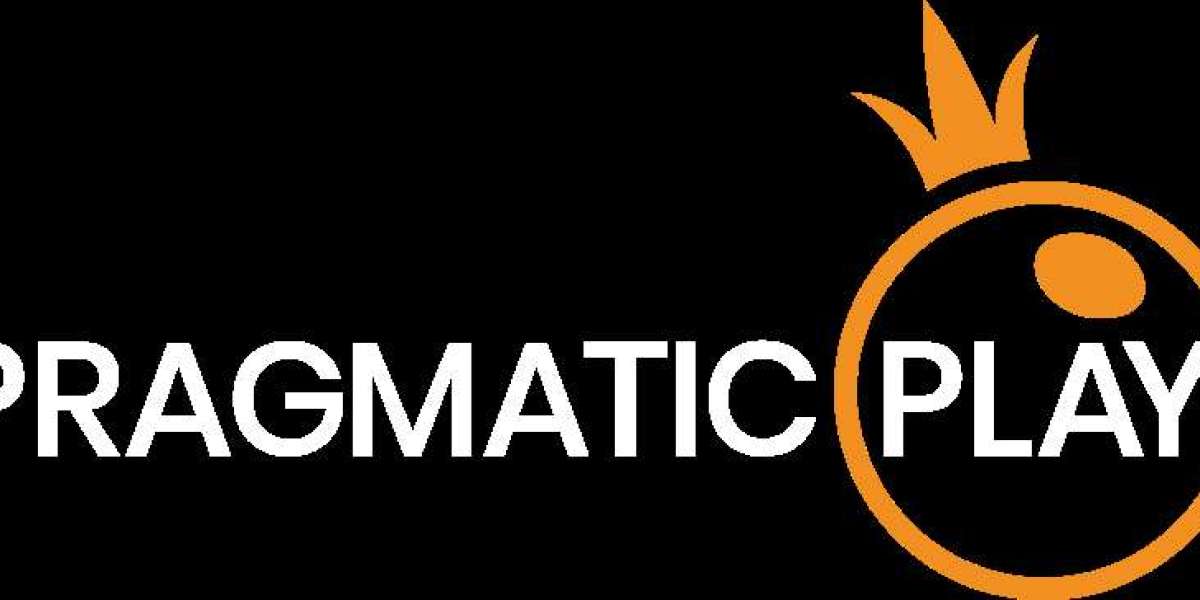What Is Pregabalin?
Pregabalin is an anticonvulsant and neuropathic pain medication, commonly sold under the brand name Lyrica. It is structurally related to the neurotransmitter GABA but does not act directly on GABA receptors. Instead, it binds to the alpha-2-delta subunit of voltage-gated calcium channels in the central nervous system. This binding reduces the release of neurotransmitters like glutamate, substance P, and norepinephrine—chemicals often linked to the pain response.
Pregabalin is FDA-approved for conditions including:
Neuropathic pain associated with diabetic peripheral neuropathy
Postherpetic neuralgia
Fibromyalgia
Neuropathic pain due to spinal cord injury
Partial onset seizures (as adjunct therapy)
Why Pregabalin for Spinal Cord Injury Pain?
Spinal cord injury can cause a type of chronic pain known as central neuropathic pain, arising directly from the spinal cord and brain due to damage in these areas. It’s often described as burning, stabbing, electric shock-like, or tingling.
Traditional analgesics like NSAIDs or opioids often fall short when it comes to managing this kind of pain. Pregabalin 300mg daily has emerged as a first-line treatment for neuropathic pain due to its ability to modulate abnormal neural signaling caused by SCI.
How Pregabalin 300mg Works for SCI Pain
While lower doses like 75 mg or 150 mg are sometimes prescribed initially, 300 mg daily (usually split into 150 mg twice a day) is considered an effective target dose for managing SCI-related pain. Here’s how it helps:
Reduces hyperexcitability of neurons in the injured spinal cord
Decreases pain signal transmission from the spinal cord to the brain
Improves sleep quality, which can be disrupted due to chronic pain
Reduces anxiety that often coexists with chronic pain
This multi-faceted action makes Pregabalin especially valuable for people with spinal cord injuries.
Clinical Research: Pregabalin and SCI Pain
1. Key Clinical Trial: Siddall et al., 2006
This landmark study evaluated Pregabalin’s effect on central neuropathic pain in SCI patients. The results were promising:
Pain Reduction: Participants receiving Pregabalin reported significantly greater reductions in pain intensity compared to placebo.
Improved Sleep: Sleep interference scores improved markedly.
Onset of Relief: Some patients reported relief within the first week, with maximal effects observed after 4 weeks.
2. Meta-Analysis Support
Several meta-analyses have confirmed that 300-600 mg/day of Pregabalin provides meaningful pain relief in patients with neuropathic pain due to spinal cord injuries, outperforming placebo and even some other medications.
Real Results: Patient Testimonials and Case Studies
Case Study: Mark, 39, T10 Complete Injury
“After my accident, I developed unbearable burning pain below my injury level. Nothing seemed to touch it. When I started Pregabalin, it took about two weeks, but the pain reduced enough for me to sleep through the night for the first time in months. At 300 mg, the difference has been life-changing.”
Case Study: Lila, 28, Incomplete Cervical Injury
“I was hesitant about taking something like Pregabalin long term. But the nerve pain was too intense. My doctor started me on a low dose and increased it to 300 mg. The stabbing sensations in my legs are now a dull throb, and I feel more in control of my body.”
Pregabalin 300mg: Benefits for SCI Patients
1. Targeted Pain Relief
Unlike general painkillers, Pregabalin targets neuropathic pain, which is notoriously difficult to treat. Patients often describe the relief as not just numbing the pain, but dulling the brain's reaction to it.
2. Improved Function and Independence
Reducing pain can mean more than just comfort—it can lead to:
Better engagement in physical therapy
Improved mood and motivation
Greater independence in daily tasks
3. Enhanced Sleep and Mental Health
Chronic SCI pain often disrupts sleep and increases the risk of depression and anxiety. Pregabalin’s sedative and anti-anxiety properties can indirectly boost mental health by improving rest and reducing distress.
Side Effects and Safety at 300mg
While Pregabalin is well-tolerated by many, it’s important to monitor for side effects, especially as dosages approach 300 mg and beyond.
Common Side Effects:
Dizziness
Drowsiness
Dry mouth
Weight gain
Blurred vision
These side effects are often dose-dependent and may diminish over time as the body adjusts.
Rare but Serious Effects:
Swelling in extremities
Suicidal thoughts or behavior
Allergic reactions
Patients should always report unusual side effects promptly and never abruptly stop Pregabalin, as withdrawal symptoms like insomnia, nausea, and headaches can occur.
Dosage Guidelines and Titration
Pregabalin 300mg/day is typically achieved through gradual titration:
Day 1–3: 75 mg twice daily
Day 4–7: 150 mg twice daily (300 mg total)
If necessary, may be increased up to 600 mg/day under supervision
This titration approach helps reduce the risk of side effects while allowing the body to adapt.
Is Pregabalin 300mg Right for Everyone?
Not all SCI patients respond to Pregabalin in the same way. Factors influencing its effectiveness include:
Type and severity of the injury
Other medications being used
Presence of co-existing anxiety or sleep issues
Genetic factors affecting drug metabolism
Some patients may benefit more from combination therapy (e.g., Pregabalin with antidepressants like amitriptyline or SNRIs).
Alternatives and Adjuncts to Pregabalin
While Pregabalin is effective for many, it’s not the only option:
Gabapentin (similar mechanism but often requires higher doses)
Duloxetine or Amitriptyline (also useful for neuropathic pain)
Topical treatments like lidocaine patches
Non-pharmacological interventions: TENS therapy, acupuncture, psychological therapy
Still, Pregabalin remains one of the most studied and trusted pharmacological options for SCI pain relief.
Final Thoughts: Real Results from Real Relief
For many people living with the aftermath of a spinal cord injury, Pregabalin 300mg offers genuine, meaningful relief from relentless neuropathic pain. It doesn’t just reduce pain scores—it improves sleep, enhances quality of life, and restores a sense of control.
While not a one-size-fits-all solution, its favorable efficacy-to-side-effect ratio and real-world success make it a mainstay in SCI pain management. If you or a loved one is battling spinal cord injury pain, talk to your healthcare provider about whether Pregabalin could be the right choice.
Frequently Asked Questions (FAQs)
Q1. How long does it take for Pregabalin 300mg to work?
Most people begin to notice improvements in pain within 1–2 weeks, with full effects by 4–6 weeks.
Q2. Can I take Pregabalin 300mg long-term?
Yes, it is often used long-term under medical supervision. Regular reviews are important to assess its continued effectiveness and side effects.
Q3. Is 300mg a high dose of Pregabalin?
It is a mid-range dose. Maximum approved daily dosage is 600mg, but 300mg is often effective with fewer side effects.
Q4. Will Pregabalin make me drowsy or tired?
Some drowsiness is common, especially when starting or increasing the dose. Taking it at night or with food may help.
Q5. Can Pregabalin help with sleep and anxiety too?
Yes, it has mild sedative and anxiolytic properties, which can indirectly benefit patients with SCI-related anxiety or insomnia.








